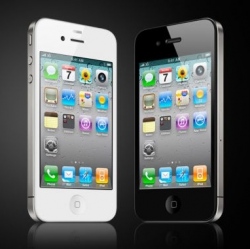
Almost exactly six years ago, Apple launched the first iPhone. It was a small device that many dismissed as a toy. In reality Steve put a supercomputer in our pocket — we just didn’t know it. And like super computers before, it came with immense capabilities and brought about an opportunity to rethink, reimagine and reinvent how we live, work, create and consume. Today, smartphones sell by the hundreds of millions and with that they bring what Chris Anderson (True Founder, former editor of Wired, best-selling author and Chief Executive of 3D Robotics) describes as the “peace dividend of the smartphone war.”
Cheap processors, cheaper memory, and even cheaper sensors means it’s a great time for people who like to tinker with hardware to tinker. Platforms like Kickstarter and Quirky de-risk production, identify features and customers, and do so before the first tool is made. Wireless broadband is ubiquitous, and military grade technology is available at RadioShack. The manufacture and design of products and devices has changed forever. Building factories is no longer a prerequisite for building products. Add to the mix emergent technologies such as 3D printing and inexpensive laser cutters that put prototyping capabilities onto a kitchen table, and we suddenly are facing an extraordinary revolution in hardware-based innovation.
This is a tectonic shift that is going to drive the next wave of industrialization — one that is more nimble, adaptable and rapidly evolving. One that is as much based in software as it is in assembly lines. The past 150 years were about the economics of labor and mass production. Now, information flow, data, and analytic platforms are the new tools augmenting the lathes, pneumatic hammers, and assembly lines of yesteryear.
